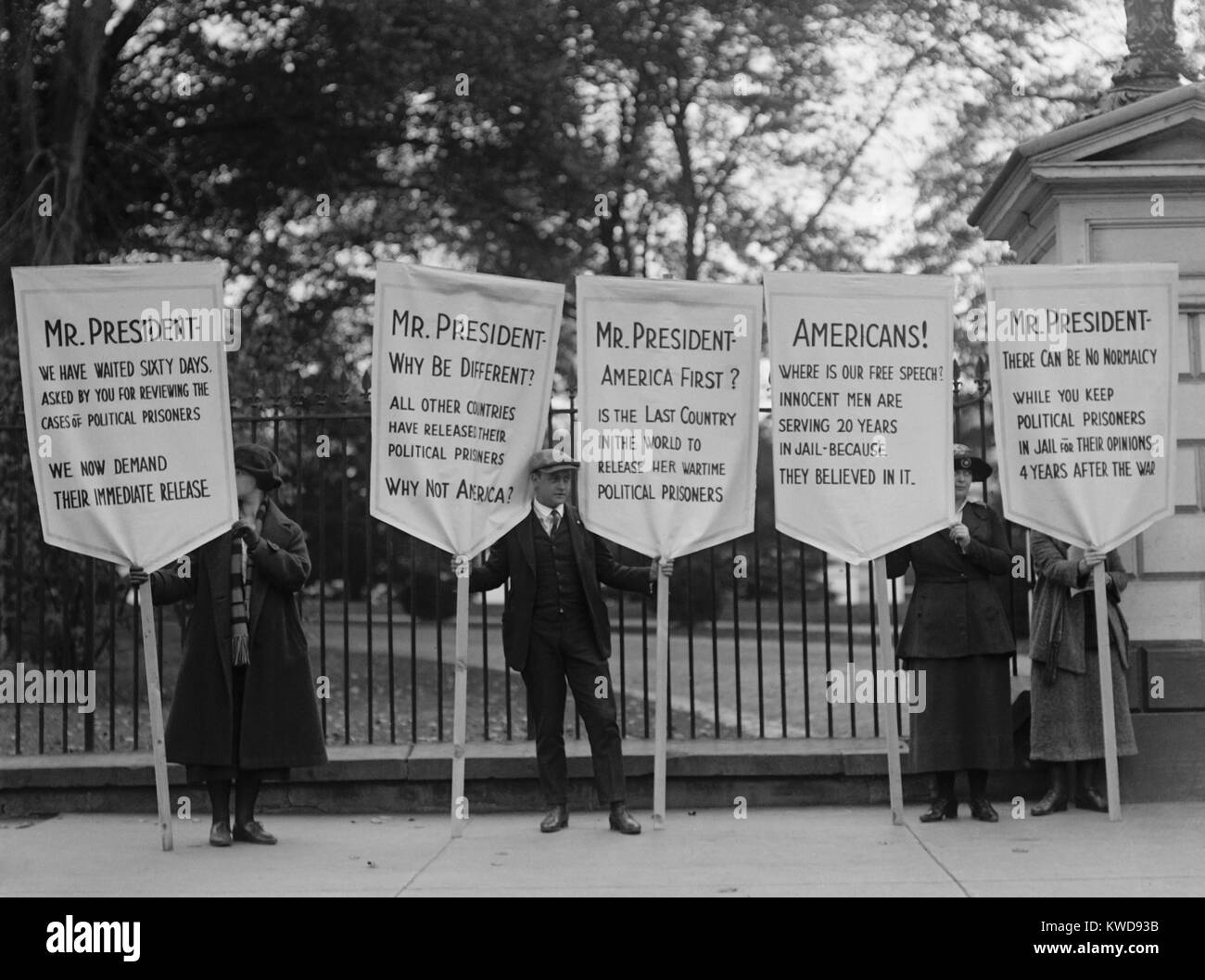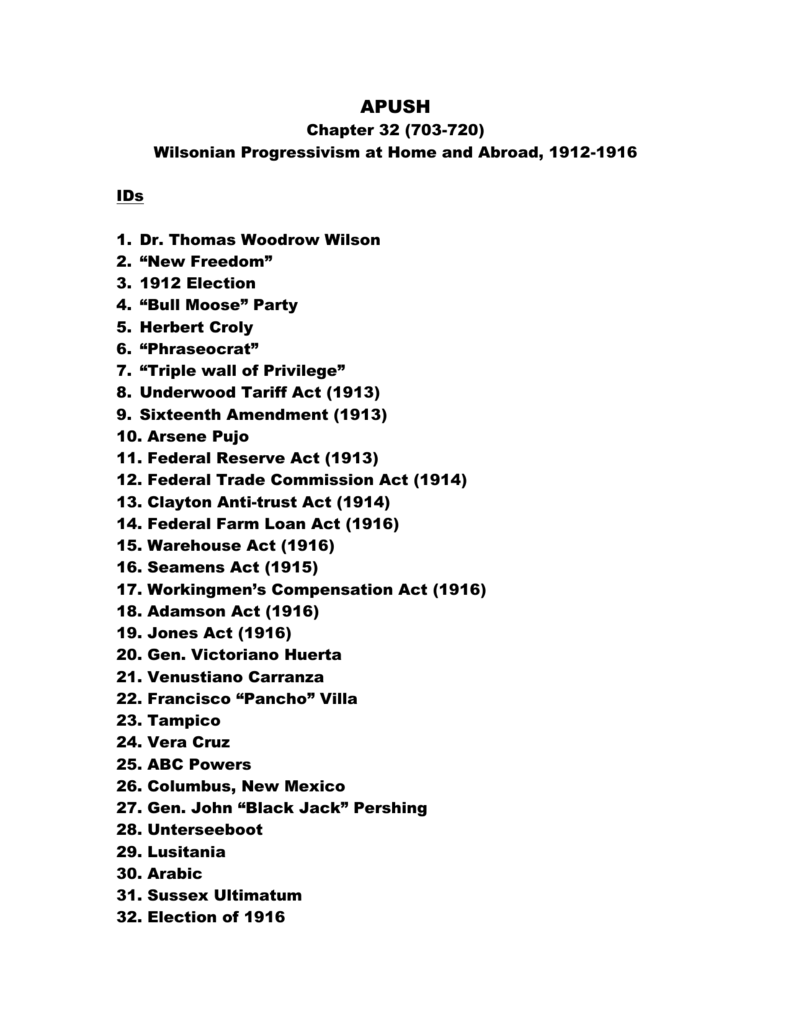
There were many first- and second-generation immigrants from both the Central Powers and the Allied nations in the United States, and they disagreed over which country had started the war and which country to support. In 1914, President Woodrow Wilson declared that the United States would remain neutral. Americans, however, followed a completely different road to war, openly debating for two and a half years whether this was their war to fight. Most Europeans rushed into battle without considering what a general war would mean.

Millions of soldiers would live and die in this trench deadlock over the next four years. In the early months of the war, Germany, France, and Britain dug defensive trenches, creating a complex system of earthworks along a western front that ran for 460 miles from the North Sea to Switzerland. The assassination of the heir to the Austro-Hungarian throne in Sarajevo, Bosnia, set in motion a flurry of military mobilizations and failed diplomatic exchanges that led to Germany’s attack on Belgium and France in August 1914.

World War I pitted the Allies (initially composed of Britain, France, Belgium, Serbia, and Russia, and eventually totaling eighteen nations including Japan, Italy, and the United States) against the Central Powers (Germany, Austria-Hungary, the Ottoman Empire, and Bulgaria). War swept across Europe in the summer of 1914, igniting a global struggle that would eventually take nine million lives.


 0 kommentar(er)
0 kommentar(er)
